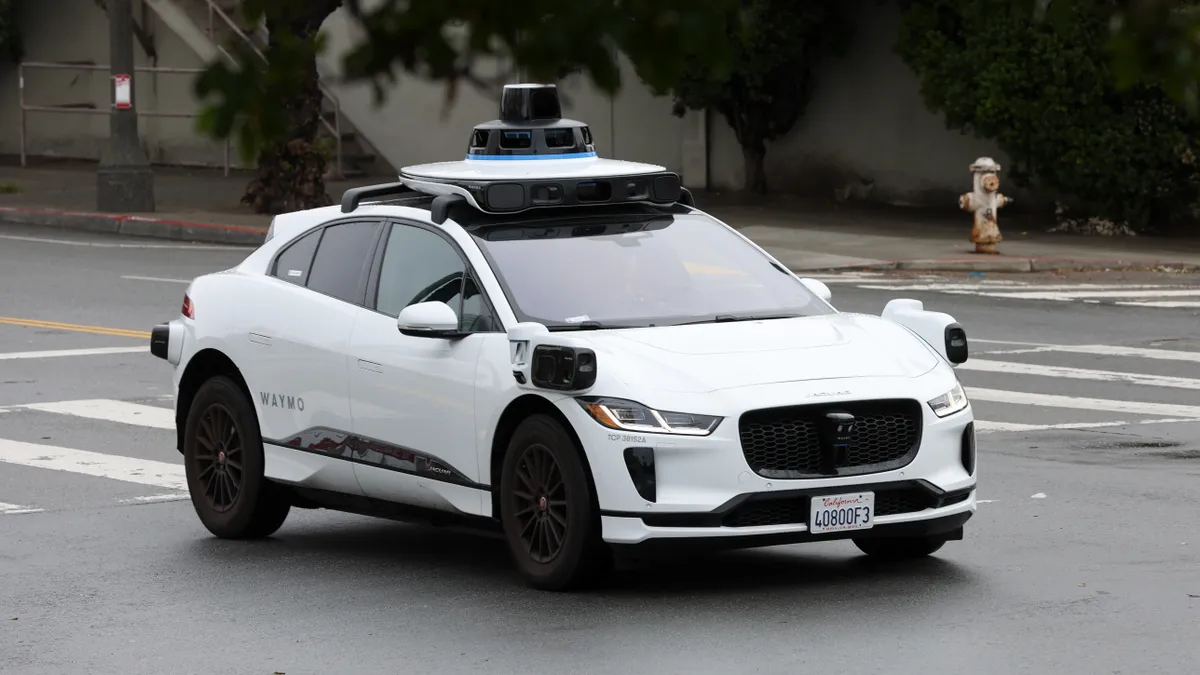Cities and states want to ensure that driverless vehicles will be safe on their streets before embracing the technology, but recent concerns have muddled that effort.
A test conducted by the Insurance Institute for Highway Safety questioned the ability of automatic emergency braking systems to identify pedestrians at night. In San Francisco, a robotaxi operation has caused traffic jams, blocked emergency vehicles and been involved in at least one accident. Meanwhile, ride-hailing companies like Uber and Lyft are adding autonomous vehicles to their fleets.
At the MOVE America conference in Austin, Texas, on Sept. 27, mobility leaders discussed what cities and states need to safely deploy AVs.
“It’s extremely important for the autonomous industry to be able to show it’s safe,” said David Muyres, chief commercial officer and co-founder at Streetscope, a company that has created a measurement system for industry and municipalities to make better safety-related decisions. He said that it will be difficult for cities and insurance companies to have confidence in AVs without good safety data.
But Michigan and the city of Detroit are all-in on next-generation technology, with plans to build a connected and automated vehicle corridor along a 25-mile segment of Interstate 94 between the Motor City and Ann Arbor.
Trevor Pawl, chief mobility officer for the state of Michigan, described the I-94 project as a “mixture of cutting-edge infrastructure, physical infrastructure, digital infrastructure and interoperability across 40 different communities.” He said that “it’s only a matter of time” before a group of states gets together to set some standards for autonomous vehicles that could be applied at the national level.
Lyft has provided more than 100,000 self-driving rides in Las Vegas, Miami and Austin. Jody Kelman, head of Lyft Autonomous, said that when the company first began looking into self-driving cars, “One of the big things we thought we needed to prove to riders was how safe the vehicle is.” Kelman said that once riders tried an autonomous vehicle, they became “dramatically more comfortable with self-driving technology.”
Consumer acceptance will be important because cities and states will someday need to ask taxpayers to pay for the technology that enables automated and connected roads, Pawl said. But in return, he added, that technology has the potential to prevent car accidents.












